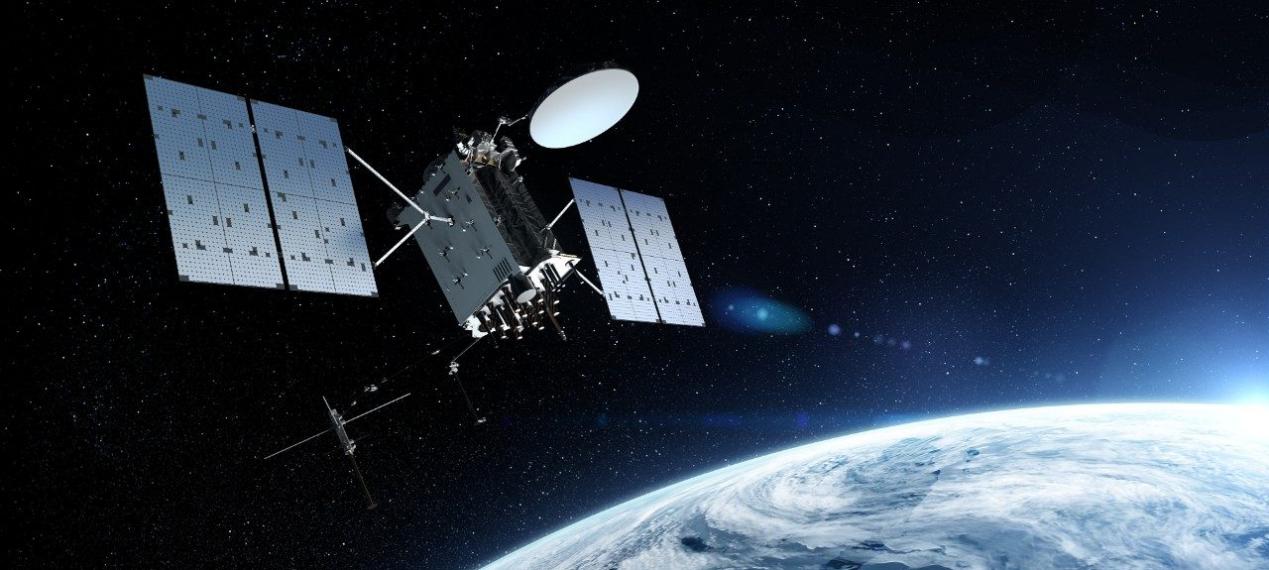Content Attributes

The Global Positioning System (GPS), a navigation system operated by the United States military, utilizes three distinct frequency bands — L1, L2, and L5 — all of which lie within the L-band of the radio spectrum, between 1 and 2 GHz. Among these, the most commonly recognized and used is GPS L1. This frequency, known for its integral role in providing accurate location data, is critical for various positioning, navigation, and timing (PNT) applications.
History and Development of GPS L1
The first GPS satellite was launched in 1978, initially operating only on the L1 and L2 signals. As the primary civilian frequency, GPS L1 operates at a frequency of 1575.42 MHz and carries the Coarse/Acquisition Code (C/A), accessible to the public, as well as an encrypted precision (P) code — the P(Y) code — which is restricted for military use. These ranging codes are crucial in computing the distance to the satellite and distinguishing the navigation message.
Frequency and Signal Characteristics of GPS L1
The GPS L1 frequency, with its unique characteristics, is primarily used for tracking satellite locations. The transmission of this signal involves a low-bit-rate communication that contains essential data, such as GPS time and date, the health and status of the satellite, and satellite ephemeris data. This information allows receivers to compute the exact position of the satellite at the time of transmission.
Role of GPS L1 in Navigation and Positioning
GPS L1 plays a crucial role in navigation and positioning. Its signal can be received by even the most basic GPS units, making it widely accessible. However, due to its relatively slower frequency, it has limitations in traveling through obstacles, affecting its effectiveness in certain conditions.
Understanding GPS L2 and L5
After the implementation of L1, the second frequency, L2, was introduced. Operating at 1227.60 MHz, it carries both a military code and a civilian use code. Notably, the L2 signal travels more effectively through obstacles due to its higher frequency. However, the newer L2 infrastructure is incomplete, requiring it to be used in conjunction with the L1 frequency.
The third signal, L5, operates at 1176 MHz. It’s the most advanced GNSS signal and is intended for safety-of-life transportation and other demanding applications, such as aviation. However, the L5 signal is still being deployed, with full implementation expected by 2021.
Importance of Multiple Frequencies
The use of multiple frequencies, such as L1, L2, and L5, provides several benefits. For one, it simplifies antenna design, as higher frequencies would require more complex user antennas. Secondly, it reduces the effect of weather on GPS signal propagation. Lastly, it allows for the elimination of errors caused by atmospheric particles by comparing the signals from two different frequencies.
Signal Transmission and Reception
GPS employs a transmission scheme known as Code Division Multiple Access (CDMA), where each satellite’s signals are modulated by a unique pseudorandom digital sequence or code. This enables receivers to correlate with a specific satellite’s CDMA signal, allowing for the retrieval of the signals and the information they convey, despite their very low level.
Advantages of Using L1, L2, and L5
Using multiple GPS frequencies like L1, L2, and L5 provides several advantages in terms of signal processing, transmission, reception, bandwidth, travel distance, reflectance, and the impact of the earth’s atmosphere. The combination of these frequencies allows for the calculation and elimination of errors, thereby improving accuracy.
Impact of GPS Jammers
An important consideration in any discussion about GPS frequencies is the potential impact of GPS jammers. These devices deliberately transmit signals that interfere with GPS receivers, impairing their ability to provide accurate location data. This underscores the importance of ongoing research into countermeasures to mitigate the effects of GPS jamming.
The Future of GPS Technology
The future of GPS technology is promising, with new applications being developed that will leverage the superior capabilities of GPS frequency technology. These applications include smart cities, autonomous vehicles, and intelligent transportation systems. With the emergence of 5G, location-based services may become even more precise and efficient.
Conclusion
Understanding the intricacies of GPS L1 and its counterparts, L2 and L5, is essential for anyone involved in navigation, positioning, surveying, and various other PNT applications. As technology advances, so too will the capabilities and applications of these critical GPS frequencies.